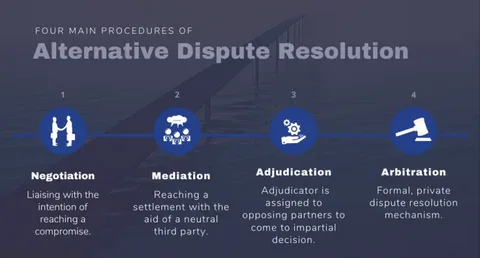In organizations and institutions, committees often play a crucial role in resolving disputes. However, the effectiveness of these committees largely depends on the framework within which they operate. Creating fairness and accountability in committee dispute resolution frameworks is essential to ensure that decisions are just, transparent, and respected by all parties involved.
Understanding the Need for Fairness and Accountability
Disputes within committees can arise from misunderstandings, conflicting interests, or procedural errors. Without a structured and impartial approach, resolutions may be perceived as biased or arbitrary. This perception can erode trust and weaken the committee’s authority.
Creating fairness and accountability in committee dispute resolution frameworks means designing processes that guarantee equal treatment, objective evaluation of facts, and clear responsibility for decisions. These elements help foster confidence among stakeholders that the outcomes are legitimate and just.
Key Principles for Fairness in Dispute Resolution
To achieve fairness in committee dispute resolution, several principles must be embedded within the framework:
- Impartiality: Committee members must be neutral and free from conflicts of interest.
- Transparency: Procedures and criteria for decision-making should be openly communicated.
- Equal Opportunity: All parties involved should have the chance to present their case fully.
- Consistency: Similar cases should be treated alike to avoid favoritism or discrimination.
Integrating these principles ensures that the committee’s resolutions are seen as credible and equitable.
Ensuring Accountability in Committee Decisions
Accountability is about holding the committee and its members responsible for their actions and decisions. To create this, committees should implement mechanisms such as:
- Documentation: Detailed records of meetings, evidence, and decisions must be maintained.
- Review Processes: Options for appeals or reviews help correct possible errors.
- Clear Roles and Responsibilities: Defining who is responsible for each step in the process increases transparency.
- Stakeholder Feedback: Encouraging feedback can highlight areas for improvement and reinforce accountability.
These mechanisms not only uphold ethical standards but also encourage continuous improvement within the dispute resolution framework.
Steps to Create Fairness and Accountability in Committee Dispute Resolution Frameworks
- Develop Clear Guidelines: Establish comprehensive policies outlining procedures, rights, and responsibilities.
- Train Committee Members: Equip members with skills in conflict resolution, ethics, and unbiased decision-making.
- Use Objective Criteria: Base decisions on facts and evidence rather than personal opinions or pressures.
- Promote Open Communication: Ensure that all parties understand the process and have opportunities to express their views.
- Implement Oversight: Regularly audit the dispute resolution process to identify and address gaps.
By systematically applying these steps, organizations can strengthen the integrity of their dispute resolution processes.
Conclusion
Creating fairness and accountability in committee dispute resolution frameworks is vital for maintaining trust and legitimacy within any organizational structure. When fairness is prioritized and accountability mechanisms are in place, committees can resolve conflicts effectively, minimize bias, and foster a culture of transparency and respect. Ultimately, a robust dispute resolution framework benefits not only the committee but the entire organization it serves.


